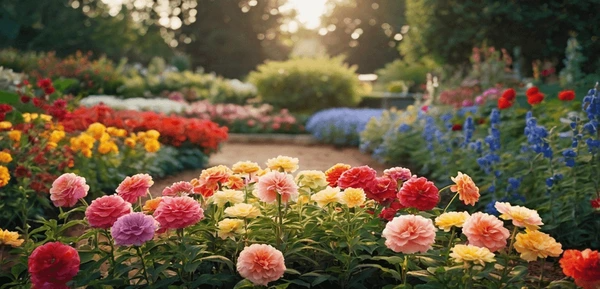The Radiant Beauty of Sunflowers: Properties and Types
Sunflowers are iconic symbols of warmth, cheerfulness, and vitality. Their vibrant yellow petals and towering stems make them a favorite among gardeners and floral enthusiasts alike. In this blog, we’ll explore the remarkable properties of sunflowers and delve into the various types that contribute to their widespread appeal.
Properties of Sunflowers
Sunflowers are renowned for their distinctive characteristics, which make them stand out in the plant world:
- Flower Structure:
- Sunflowers are known for their large, round flower heads, which consist of numerous tiny individual florets clustered together. The outer petals, known as ray florets, form a vibrant ring around the central disc florets, which are the actual reproductive parts of the flower.
- Colors and Patterns:
- While the classic sunflower is known for its bright yellow petals, there is a wide range of colors available, including orange, red, and even bi-colored varieties. The central disc florets can also vary in color, ranging from brown to deep purple.
- Height and Growth Habit:
- Sunflowers are typically tall plants, with heights ranging from 3 to 10 feet, depending on the variety. They have strong, sturdy stems that support their large flower heads. Sunflowers grow from seeds and have a straightforward growth habit, making them easy to cultivate in a variety of conditions.
- Sun Tracking:
- Young sunflowers exhibit a phenomenon known as heliotropism, where they track the movement of the sun across the sky. This behavior ensures that they receive optimal sunlight for growth and is particularly noticeable in young plants. Mature sunflowers tend to face east.
- Edible Parts:
- The seeds of sunflowers are edible and highly nutritious, rich in essential fatty acids, proteins, and vitamins. Sunflower seeds are often consumed as snacks, used in cooking, or processed into sunflower oil.
- Seasonality:
- Sunflowers are typically grown as summer annuals, blooming from mid-summer to early fall. Their bright, cheerful appearance makes them a popular choice for summer gardens and seasonal displays.
- Pollination:
- Sunflowers attract a wide range of pollinators, including bees, butterflies, and birds. Their large flower heads provide ample nectar and pollen, making them a valuable addition to pollinator-friendly gardens.
Types of Sunflowers
Sunflowers come in a variety of types, each with unique characteristics and growing requirements. Here are some popular types:
- Common Sunflower (Helianthus annuus):
- Description: The most familiar sunflower, commonly grown for its large, bright yellow blooms and edible seeds. It is characterized by its tall stature and large flower heads.
- Height: Typically 3-10 feet.
- Colors: Mainly yellow, with variations in orange and red.
- Russian Mammoth Sunflower:
- Description: Known for its enormous size, the Russian Mammoth sunflower can grow up to 12 feet tall, producing massive flower heads. It is often grown for its impressive height and large seeds.
- Height: Up to 12 feet.
- Colors: Predominantly yellow.
- Dwarf Sunflowers:
- Description: These smaller sunflowers are ideal for compact spaces or container gardening. Despite their smaller size, they produce vibrant blooms and are perfect for smaller gardens or patio spaces.
- Height: Generally 1-3 feet.
- Colors: Includes shades of yellow, orange, and red.
- Autumn Beauty Sunflower:
- Description: Known for its unique color range, the Autumn Beauty sunflower features warm hues such as red, orange, and golden yellow. It creates a striking display with its multi-colored blooms.
- Height: Typically 4-6 feet.
- Colors: Includes red, orange, and golden yellow.
- Teddy Bear Sunflower:
- Description: This variety is distinguished by its fluffy, pom-pom-like blooms that resemble a teddy bear’s fur. It has a more compact growth habit and is often used for decorative purposes.
- Height: Generally 2-3 feet.
- Colors: Predominantly yellow.
- Lemon Queen Sunflower:
- Description: The Lemon Queen sunflower features pale yellow petals and a softer, more delicate appearance compared to traditional sunflowers. It is known for its subtle beauty and long-lasting blooms.
- Height: Typically 4-5 feet.
- Colors: Pale yellow.
- Chianti Sunflower:
- Description: Chianti sunflowers are known for their deep red petals and striking appearance. They provide a dramatic contrast to traditional yellow sunflowers and add a touch of elegance to gardens.
- Height: Generally 4-6 feet.
- Colors: Deep red.
- Sunspot Sunflower:
- Description: A dwarf variety with bright yellow blooms and a compact growth habit. The Sunspot sunflower is perfect for smaller gardens or containers, producing an abundance of cheerful flowers.
- Height: Typically 1-2 feet.
- Colors: Bright yellow.
- Velvet Queen Sunflower:
- Description: The Velvet Queen sunflower features rich, velvety red petals that add a touch of sophistication to garden displays. It is known for its unique color and sturdy growth.
- Height: Generally 4-6 feet.
- Colors: Rich red.
- Black-eyed Susan Sunflower:
- Description: This variety resembles traditional sunflowers but features a dark center surrounded by bright yellow or orange petals. It is known for its eye-catching appearance and resilience.
- Height: Typically 2-4 feet.
- Colors: Yellow or orange with a dark center.
Conclusion
Sunflowers are a radiant addition to any garden, known for their vibrant colors, towering presence, and cheerful demeanor. With a wide range of types and colors, sunflowers can add a touch of brightness and charm to various garden settings. At Charming Flowers Trading, we offer a variety of sunflowers to help you incorporate these stunning blooms into your garden or home. Embrace the beauty of sunflowers and let their radiant energy brighten your space.



